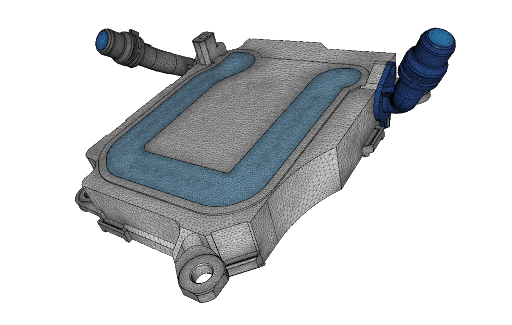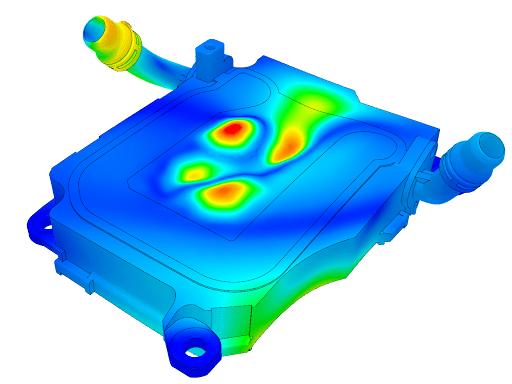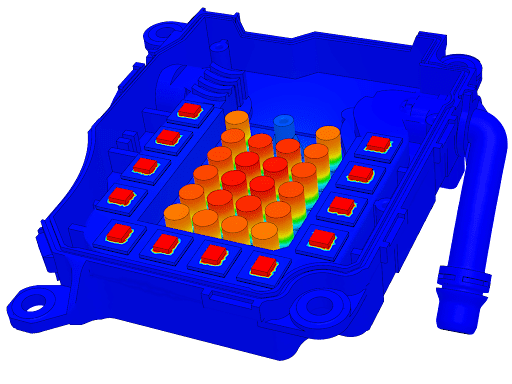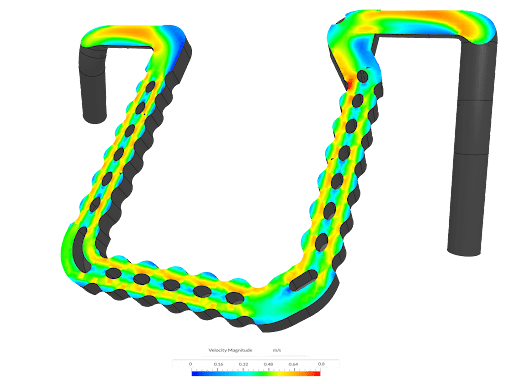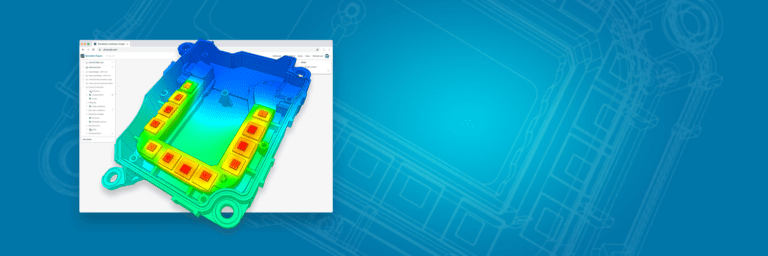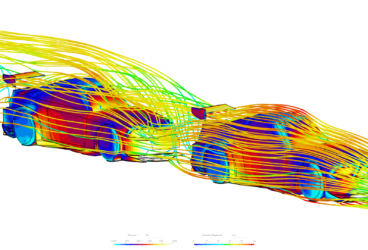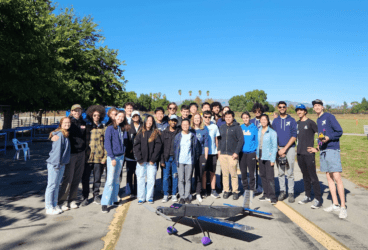As engineers strive for the optimal design solution, a multiphysics approach is essential to fully capture the real-world interactions between different physical phenomena. Physical prototyping can amount to a huge investment in time and cost, meaning running analyses across multiple physics earlier in the design process is key. Engineers and designers have been constrained by traditional desktop simulation software which does not scale computing power up or down on-demand nor investigates a full spectrum of analyses.
With the growing interest in electric vehicles, competition in the market—and the resulting demand on product performance—have drastically increased. The need to quickly improve highly-efficient electric car components requires a tool that allows engineers to simulate multiphysics early, reduce the need for physical prototyping and costly late-stage design changes. With cloud-native simulation, engineers have access to testing many scenarios in a simpler workflow with shorter turnaround times. In this article, we explore a multiphysics investigation of an EV inverter. Three different physics simulations are performed including a pressure drop analysis, a Conjugate Heat Transfer (CHT) analysis to validate that all components operate in a safe temperature range, and a vibration study—three different physics, one web application, simulated in under 30 minutes.
EV Inverter: One Model, Three Physics Simulated
To achieve better thermal performance and structural integrity of an EV inverter three simulations are run using the same EV inverter model. Each simulation defines a different analysis but follows the same workflow. Depending on the placement of this equipment, different physical factors need to be taken into account. Oftentimes they are set in vehicles, hence vibrations become a concern. The size of the pump is also essential to ensure the pressure drop across the flow channel is minimized. And lastly, as different electronics components are mounted and operated simultaneously within the EV inverter, temperature and power should be safely managed, as well, to ensure liquid within the device is kept cool.
Case Study 1: Thermal Management
The first simulation was a thermal management analysis of the module by using SimScale’s CHT solver. This study was used to ensure that all components operate in a safe temperature range. By performing a full-fledged CHT analysis, convective cooling through the flow channel was simulated, followed by conduction cooling within the solid. Temperature distribution both within the fluid and solid parts were of concern, so the CAD model was used together with the flow volume during the CHT simulation. As expected, the electronics components had high temperatures. By visualizing the streamlines through the water channel, the temperature distribution within the flow was also observed. The goal of running the CHT analysis was to assess the quantitative results on the critical components of the EV inverter and determine whether it was operating under safe conditions. If not, the analysis would inform design changes to ensure an effective and safe operation by keeping the temperature within certain limits.
Case Study 2: Pressure Drop Analysis
The second simulation was an incompressible pressure drop analysis to predict the fluid flow inside the flow channel and reduce the overall pressure drop. In order to run pressure drop analysis, the flow channel should be isolated as a separate part. SimScale provides all tools for an end-to-end simulation platform. Prior to setting up the physics of the simulation, the flow volume was extracted by using SimScale’s CAD environment. To assess the pressure drop across the channel an incompressible CFD analysis was performed. Based on the results, the critical points could be determined and changes in the design could be enacted. With the changes in the design, new simulations are run to achieve a much more efficient overall product performance.
Case Study 3: Vibration Analysis
The third and last simulation was a vibration analysis using SimScale’s frequency analysis tool. This simulation helps to identify the first 20 eigenfrequencies and eigenmodes to prevent unwanted vibrations. The resulting eigenfrequencies and eigenmodes would help the designer evaluate the overall rigidity of the model, and assess whether there might be eigenmodes affecting the operation of the device. Knowing that this piece of equipment would be mounted on a vehicle, eigenfrequency analysis would be needed to ensure that vibrations are not triggered by the operating conditions of the device. As the simulation is run, the physical deformation of the device can be visualized by stepping through each of the eigenfrequencies. The resulting frequencies and modes are dependent on the geometry and material distribution of the structure. Therefore, by performing vibration analysis for different geometry alternatives, the best design can be picked. Thus, unwanted vibrations can be prevented.
Digital Prototype of an EV Inverter
Traditional product development processes require lab testing and physical prototyping, both of which often reveal design flaws that necessitate further redesign. It’s a multi-step process that can stretch the development schedule indefinitely. By adopting digital prototyping, users can eliminate the unnecessary loops from the design optimization process at an early stage, cutting both time and costs of development as a result.
The introduction of cloud-native multiphysics simulation into the R&D process has empowered engineers to accurately and efficiently simulate hundreds of simulations, including a wide range of complex physical phenomena. As SimScale was born in the cloud, it’s scalable by nature, meaning computational power can scale up or down depending on project demand and multiple design options can be explored across multiple teams. This gives the design team an edge over traditional CAE tools. Providing designers and engineers access to multiphysics simulation allows teams all over the world to push the boundaries of design.
Get a deep dive in this on-demand demo, where we walk you through simulating the three different physics discussed in our EV inverter case:

